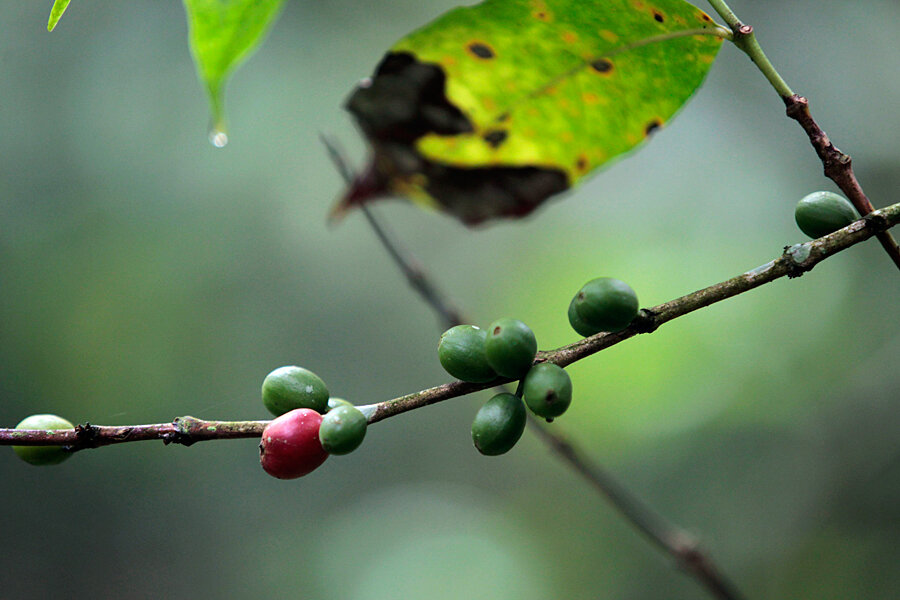'Creeping humanitarian crisis' in Central America? Droughts lead to crop loss.
Loading...
On Friday, the United Nations Office for the Coordination of Humanitarian Affairs (OCHA) warned that 2.5 million people in Honduras, Guatemala, and El Salvador had been forced into conditions of food insecurity.
The drought in the three countries is “turning into a creeping humanitarian crisis”, Jens Laerke, spokesman for the UN’s humanitarian agency, told reporters in Geneva.
Subsistence farmers, farm labourers and low-income families were especially at risk, with young children and pregnant women considered the most vulnerable, he said.
A full 80% of farmers in the worst-hit areas of El Salvador had reported losing all of their crops, while 75% of maize and bean crops in Honduras and Guatemala had failed.
The lack of rain has also resulted in the death of thousands of cattle.
“In the coming months, food insecurity is expected to get worse as families deplete their food stocks,” Laerke warned.
In Guatemala, the government had already declared “a state of public calamity” in 16 departments back in August, and by October 30,000 families had depleted their food stocks.
“These families are today in deep distress,” he said.
In the so-called “dry corridor” in the east of the country, it was estimated that one in four households were suffering from moderate to severe malnutrition.
The Honduras government meanwhile had found already back in September that the drought had left nearly 20,000 children malnourished.
Every time I get slightly optimistic about the near future of Central America, some news story comes along and wallops me back to reality. Central America is one of the world's most vulnerable regions when its comes to the effects of climate change. Unstable weather patterns lead to drought and flooding, often at the same time. Roya is devastating the region's coffee crops. I'm not sure if the region has stopped shaking after last week's series of earthquakes and tremors.
Hopefully, the $460 million that the Honduran government will receive from the International Monetary Fund to be invested "largely" on "infrastructure” projects will help.
These will include upgrading Puerto Cortés, the construction of the Amapala port and completing the 280 km ‘Dry Canal’ connecting Amapala island in the Pacific with Puerto Castilla, a container port on the Caribbean.
In addition, funds will also be allocated for social programmes and improving some state run companies.
“These new funds will support the economy; we have been offered a facility to undertake a series of important projects for the country to help us in our goals of becoming competitive, because now we are not competing with the region, but with the world,” said the Government in a statement.
In the past, I've said that one of the challenges that the US has in delivering large-scale assistance to Honduras (and Guatemala) is that they do not qualify for a Millennium Challenge Corporation Compact. The MCC is the vehicle through which the US will provide several hundred million dollars to El Salvador (FOMILENIO I and II). While this $460 million might be totally separate with no connection to the MCC at all, I can't help but think that this is a bit of a workaround.







